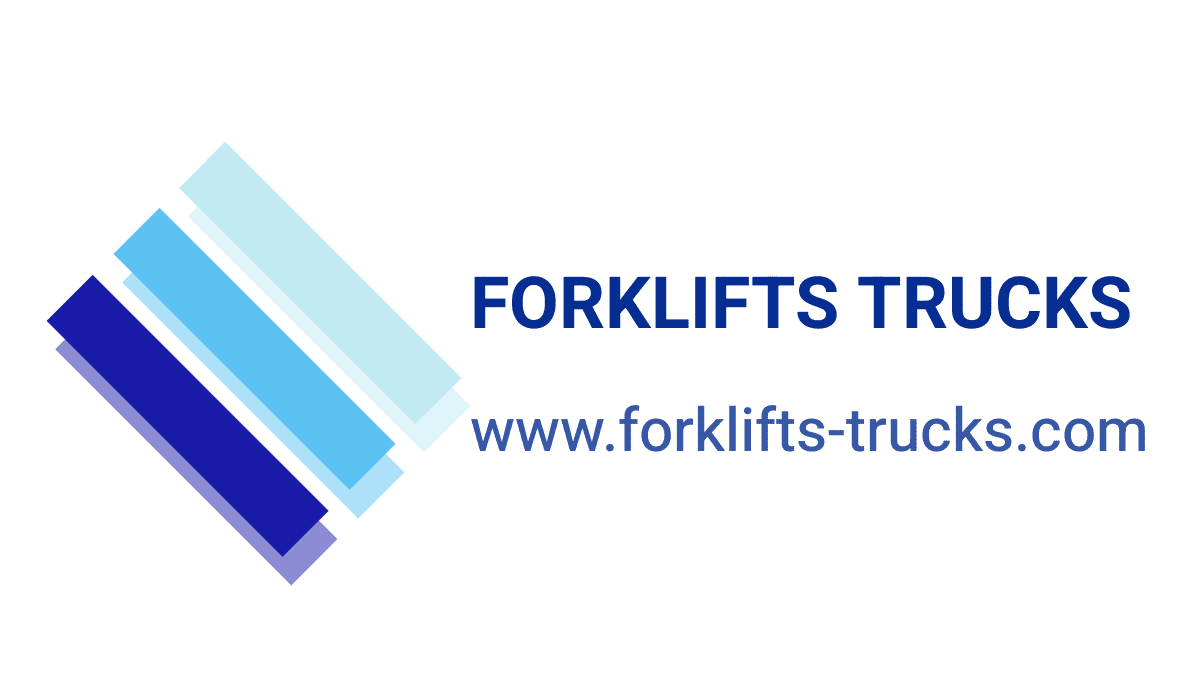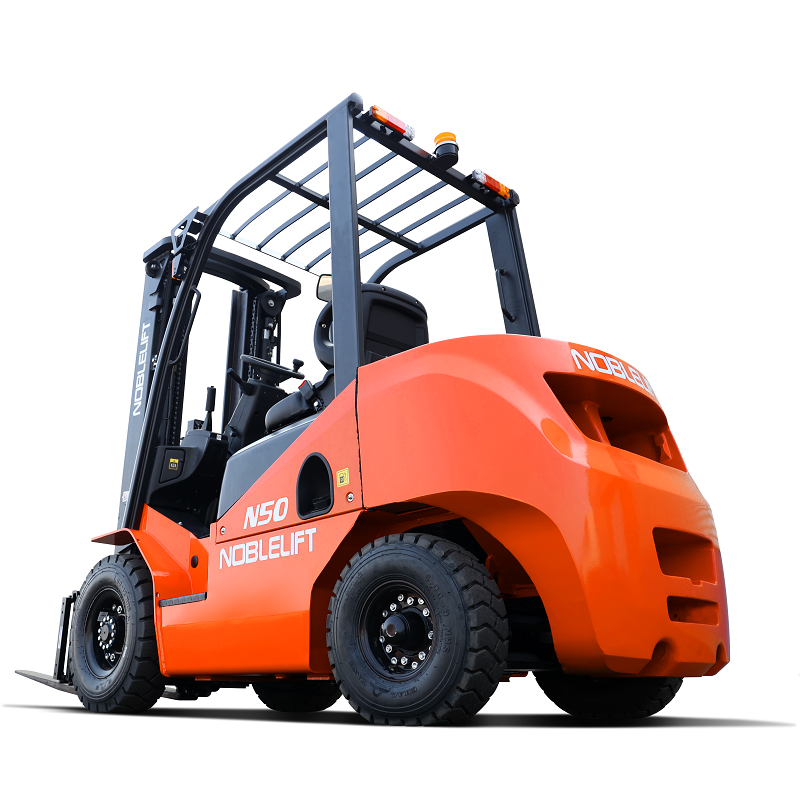at internal combustion forklifts in more detail:
Internal Combustion Forklifts – Overview:
– Powered by gasoline, diesel, or liquefied petroleum gas (LPG) engines
– Provide higher lift capacities and increased performance compared to electric models
– Widely used in outdoor applications and heavy-duty material handling operations
Key Functions and Capabilities:
– Lifting, transporting, and positioning heavy or bulky loads
– Loading/unloading trucks, railcars, and other transport vehicles
– Stacking, unstacking, and maneuvering pallets in warehouses
– Working on uneven or unprepared surfaces outdoors
– Tackling long-duration, high-intensity tasks without recharging
Common Usage and Applications:
– Manufacturing facilities and industrial warehouses
– Construction sites, lumberyards, and mining operations
– Shipping and freight terminals, ports, and distribution centers
– Retail stores, home improvement centers, and garden nurseries
– Agricultural operations, farms, and rural material handling
Typical Occasions for Internal Combustion Forklift Use:
– Moving extremely heavy or oversized loads on a regular basis
– Operating in harsh outdoor environments with varied terrain
– Performing material handling tasks for extended periods of time
– Needing the additional power and runtime of a combustion engine
– Working in facilities without ready access to electrical power
Key Advantages of Internal Combustion Forklifts:
– Higher lift capacities, often up to 12,000 lbs or more
– Greater mobility and performance on uneven or muddy surfaces
– Longer continuous runtime without the need for recharging
– Ability to operate outdoors in all weather conditions
– Widespread availability and familiarity for operators
Potential Drawbacks:
– Produce exhaust emissions, requiring proper ventilation
– Require more maintenance than electric alternatives
– Noisier operation can be less suitable for indoor use
– Fuel costs and storage needs add to operating expenses
Overall, internal combustion forklifts excel in heavy-duty, high-intensity, and outdoor material handling applications where their power, runtime, and mobility provide significant advantages. However, electric models may be preferable in certain indoor, environmentally-sensitive, or cost-conscious settings.
-
- Forklift, internal combustion forklift
- 2-3.8 ton internal combustion forklift
- The 2-3.8 ton internal combustion forklift is a specialized type of industrial truck designed for efficient order picking and retrieval tasks in warehouse and distribution center environments. Buy forklifts industrial equipment online from your country if you need shipping by sea, importer of material handling ORDER PICKER online trader/trades. You can consult us in professional skills including details for delivery…
-
- Forklift, internal combustion forklift
- Large ton internal combustion forklifts China Trader sale Materials Handling
- The Large ton internal combustion forklifts Rated load:4000kg Lift height:6meters is a specialized type of industrial truck designed for efficient order picking and retrieval tasks in warehouse and distribution center environments. Buy forklifts industrial equipment online from your country if you need shipping by sea, importer of material handling ORDER PICKER online trader/trades. You can consult us in professional skills…


